
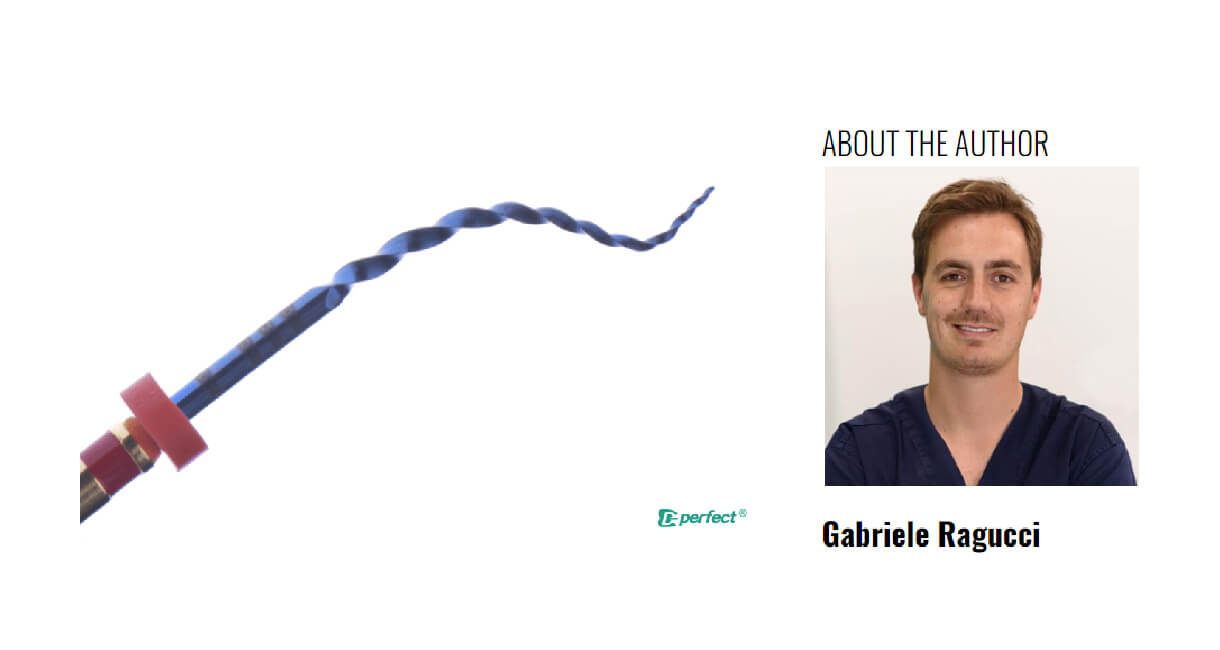 “Even a dentist who is not confident with his obturation technique can easily obturate a root canal with warm gutta-percha as long as the root canal has been cleaned and shaped lege artis” Shilder 1987
“Even a dentist who is not confident with his obturation technique can easily obturate a root canal with warm gutta-percha as long as the root canal has been cleaned and shaped lege artis” Shilder 1987
This article will show the advantages of the MG3 blue instruments and how can we customize the sequence of these files according to the encountered anatomy and case difficulty for predictable root canal shaping with a high safety margin.
We have to divide our cases into simple and complex ones. and modulate our shaping according to this difference.
I personally love a totally mechanical shaping, immediately using a large file 25.06 to remove interferences from the coronal and middle 1/3 with a step-back approach in easy canals.
In this article, I show you the sequence for a complex case.
Mandibular premolars have been considered to be the most challenging teeth to be treated endodontically, especially when they present with multiple roots or canals.
Their propensities for anomalous variations, narrow mesiodistal dimensions and the ensuing narrow access to canals, lack of visibility, and bifurcations and deltas are factors that further compound the difficulty for clinicians.
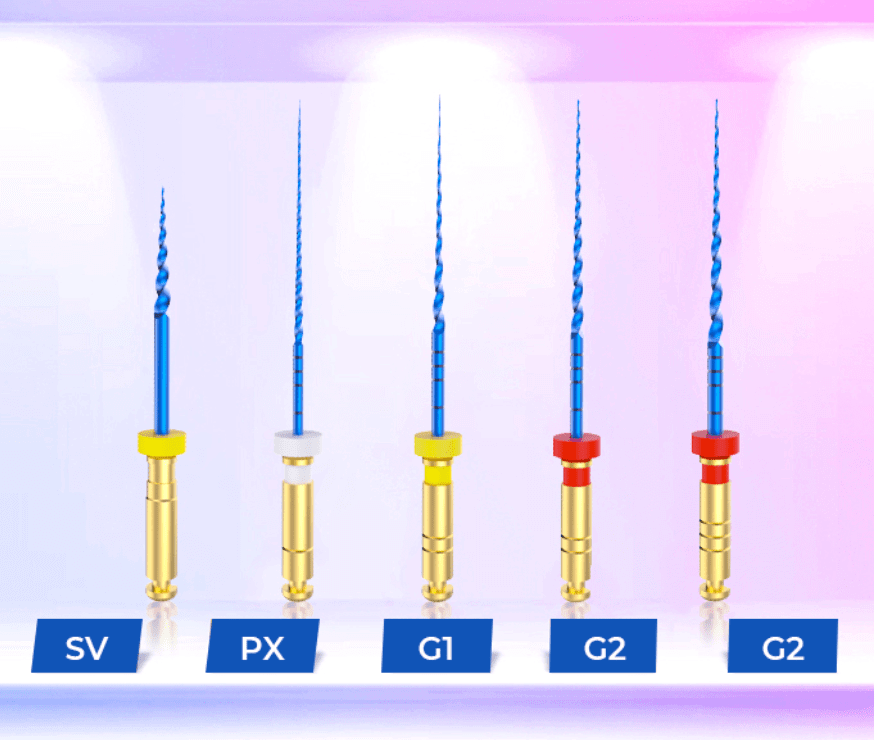
MG3 blue file
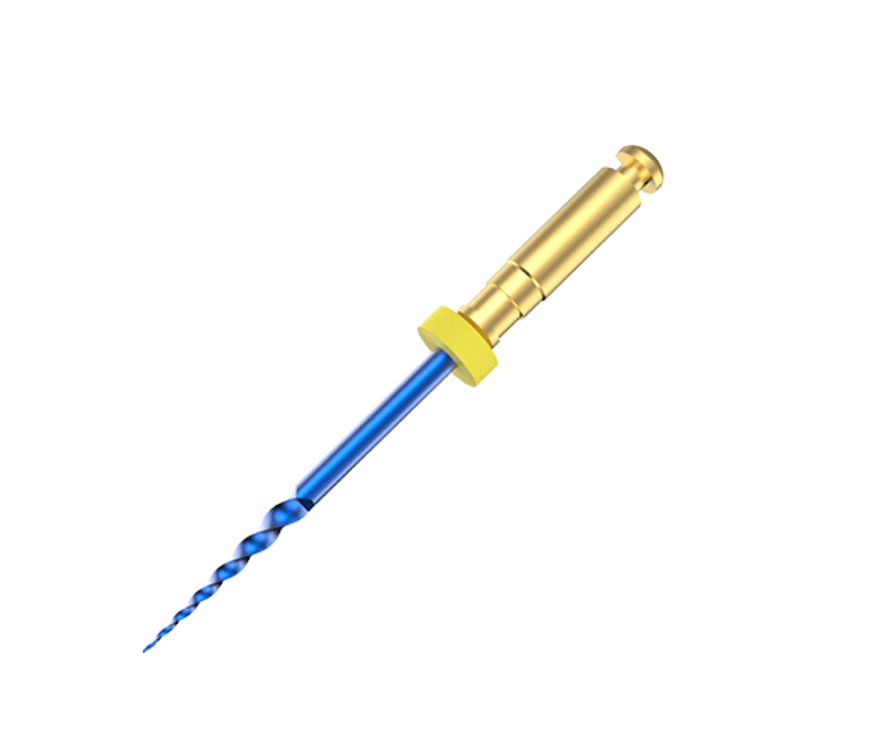
SV FILE
Use SV to open crown until middle upper part. Widen the orifice of root canal by SV, Remove dentine, Brush Canal Wall by circumferential operating motion.
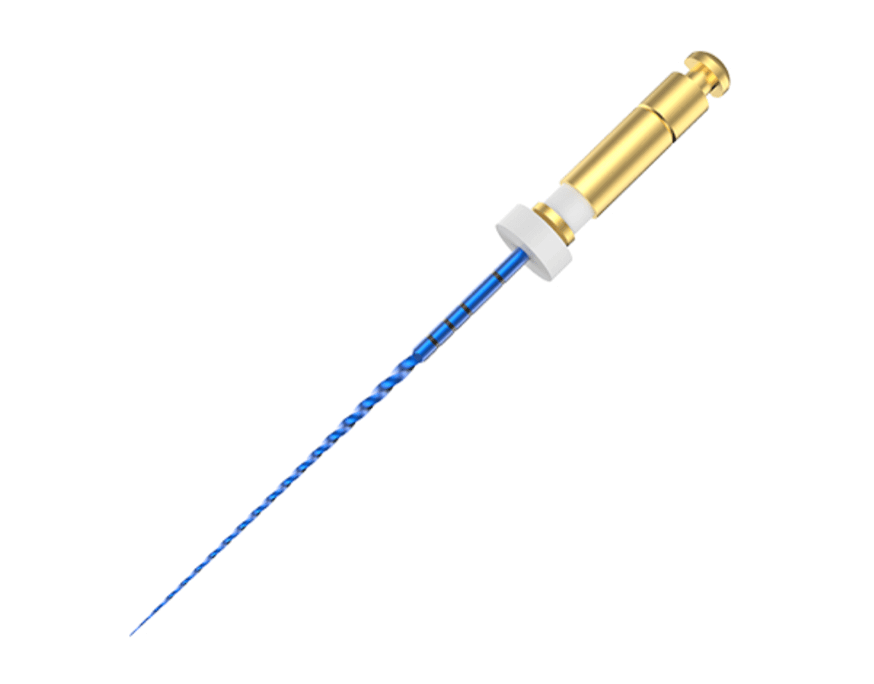
Glide path by using PX(#15/03) until working length.
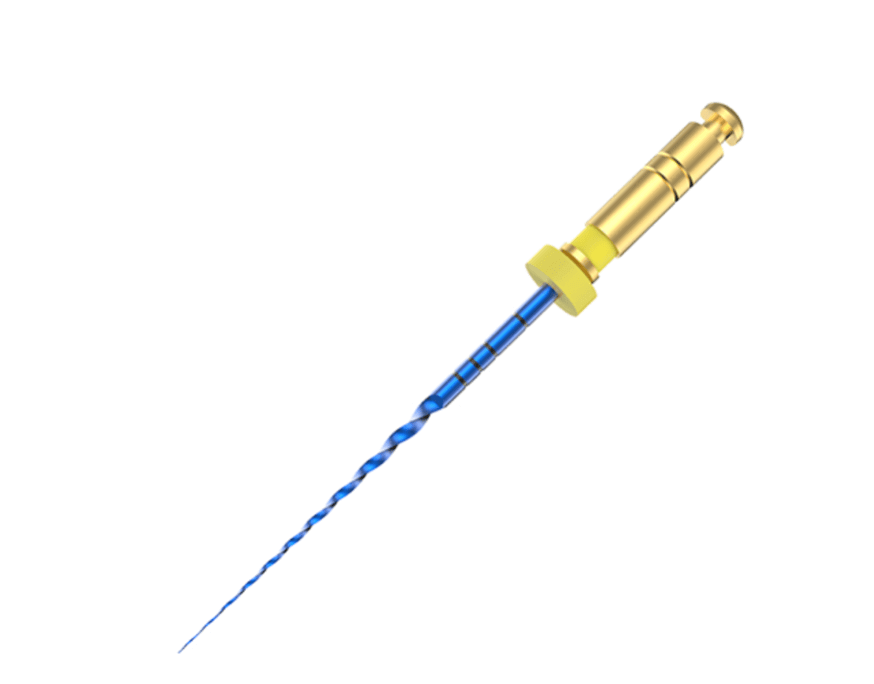
Remove and Shape the canals with G1(#20/04) to the WL.
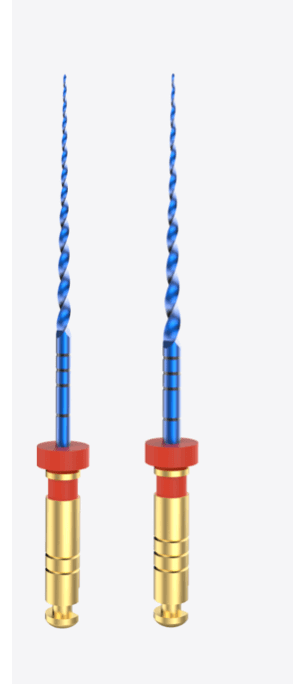
Remove and Shape the canals with G2(#25/04)to the WL.
Required G2(#25/06) for larger canals.
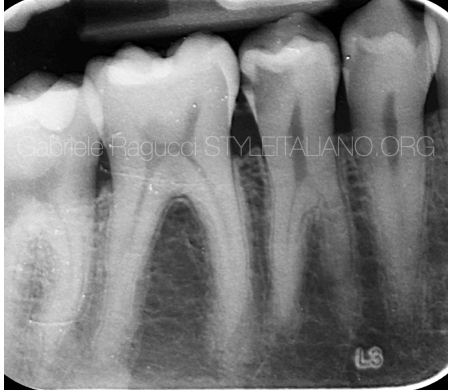
The pre-operative X-ray shows a large decay; we can also notice a deep split
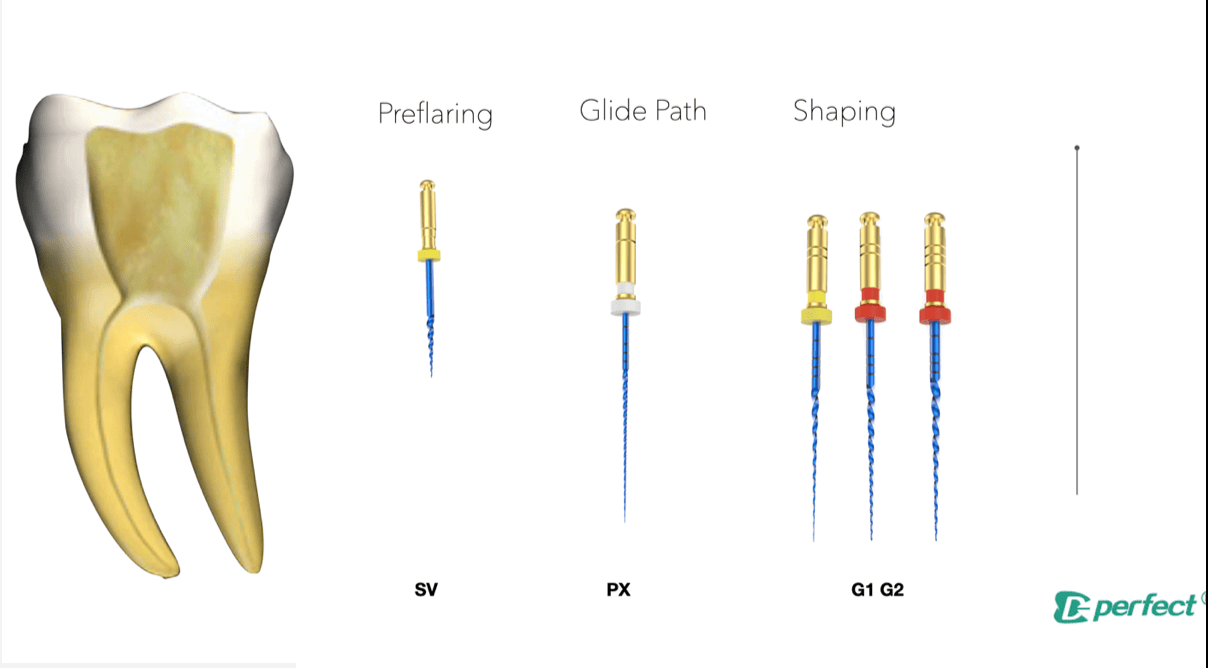
THE MG3 BLUE sequence used for the case
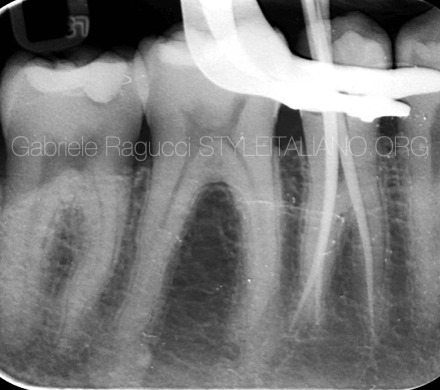
The X-ray shows the cone fit: the shaping obtained by using Perfect files respected the original anatomy of the canals
The video show us the MG3 Blue Heat-treated, increased cyclic fatigue resistance, enhanced flexibility
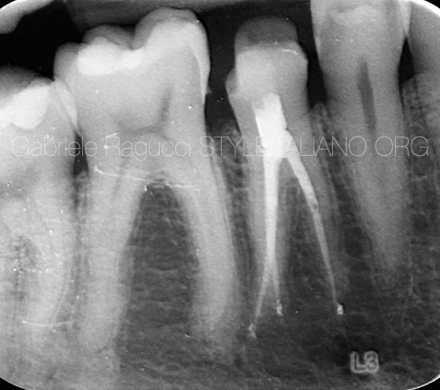
Post operative X-ray
In these video I show you step by step the shaping with mg3 blue for a RTC of a 1.7
The rational for treatment is the most important part of our therapies, understanding the case difficulties a step-back approach, and correct instruments can lead us to endodontic success.
Schilder H. Cleaning and shaping the root canal. Dent Clin North Am. 1974; 18: 269-296
Schilder H. Filling root canals in three dimensions. Dent Clin North Am. 1967; : 723-744
Swati Srivastava, Current Strategies in Metallurgical Advances of Rotary NiTi Instruments: A Review J Dent Health Oral Disord Ther 2018, 9(1): 00333
Gao Y, Gutmann JL, Wilkinson K, Maxwell R, Ammon D (2012) Evaluation of the impact of raw materials on the fatigue and mechanical properties of ProFile Vortex rotary instruments 10.1016/j.joen.2011.11.004
Shen Y, Qian W, Abtin H, Gao Y, Haapasalo M (2011) Fatigue testing of controlled memory wire nickel-titanium rotary instruments J Endod 2011 Jul;37(7):997-1001. doi: 10.1016/j.joen.2011.03.023.
Whether you are a beginner or an expert, this event will give you the opportunity to learn and progress

Product consultant one-on-one service

Free product solutions

Professional team meticulous answer